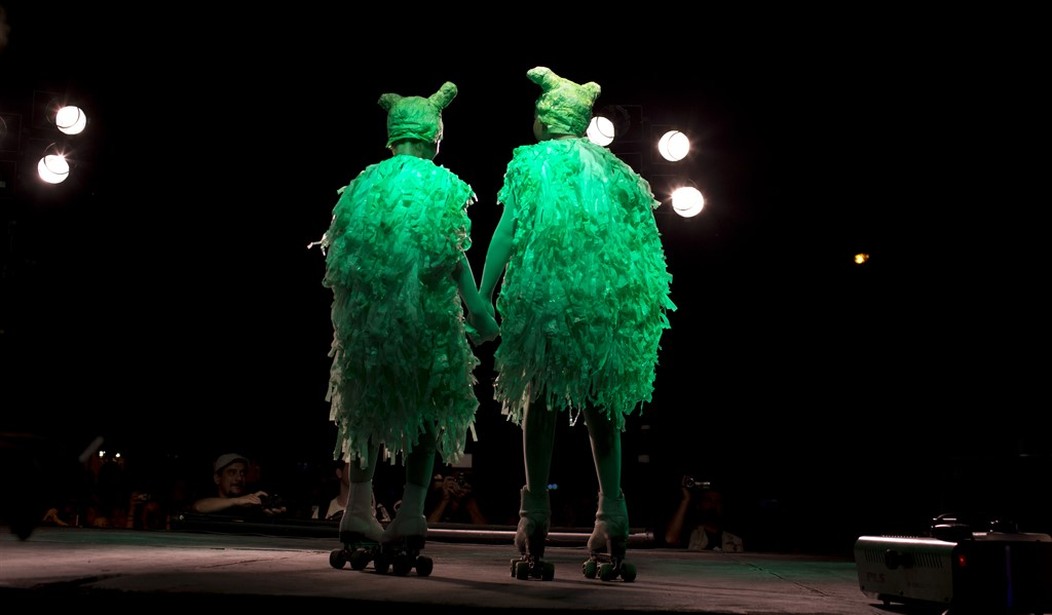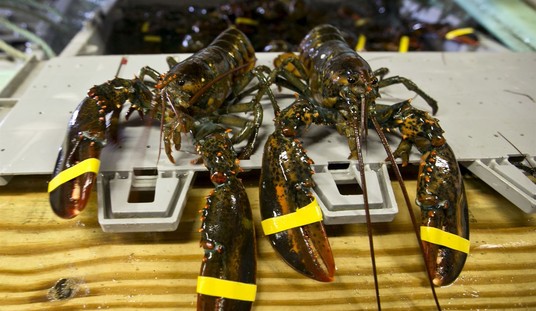Because we here at RedState are the most responsible of journalists, we (like NORAD commanders) don’t rule anything out automatically. A healthy does of skepticism is fine, but it would just be irresponsible to quickly declare that some things are as fake as Kamala Harris’ grasp of the gravity of her job.
So it is with a healthy dose of skepticism but also the desire to see this plot arc play out that I turn my attention to Harvard professor Avi Loeb, who claims to have discovered spherical alien artifacts not in the skies but under the sea.
Avi Loeb: Metallic fragments may be from alien craft
Avi Loeb does an epic burn against the U.S. government at the beginning of this segment. 🔥🧯
More tests need to be done to determine if anything was manufactured though. pic.twitter.com/tuQ4m9TaVD
— Mike Colangelo (@MikeColangelo) July 6, 2023
We’re no strangers to the alien and UFO beats here, so I won’t go into any sort of long diatribe about the mysterious aircraft and encounters the U.S. military has seen over the years. However, I should also point out that this isn’t Loeb’s first time making claims about alien fragments or tech in our vicinity.
Back in October of last year, Loeb claimed that, based on his projections, there could be as many as 4 quintillion spacecraft in our solar system. For those of you who, like me, are not math people, That’s a “4” followed by 18 zeroes. That is a lot of spacecraft, and it’s not like he’s claiming they’re all active or anything. There’s apparently a space junkyard or something up there.
So Loeb is invested in there being aliens. He’s a Harver astronomer, after all. Alien existence makes him a necessary expert. Not that I don’t believe him. Like I said, it would just be irresponsible to assume he’s cuckoo for Cocoa Puffs.
Here’s more on his findings in the ocean.
Last month, a crew aboard a boat called the Silver Star embarked on an expedition to Papua New Guinea with the mission of recovering fragments from a mysterious meteor that had crashed into Earth in 2014.
During the two-week excursion, the team scoured over 100 miles of ocean bed before recovering 50 tiny spheres composed of a metallic substance they say is unmatched to any existing alloys in our solar system.
The spheres — which are so miniscule that they require a microscope to see — require further testing to determine whether they’re natural or technological in nature. Depending on the findings, the objects could be the first time that humanity has found solid evidence of interstellar beings.
Loeb would go on to say that “Our findings open a new frontier in astronomy of studying what lies outside the solar system through microscopes rather than telescopes.”
He wrote about the excursion on Medium.
I still find it mind boggling that we managed to retrieve milligram-mass spherules of sub-millimeter size from a 2-kilometer depth in the Pacific Ocean using a meter-wide sled scanning a 10-kilometer-wide region. This accomplishment is testimony to the ingenuity and professional skills of all team members.
Loeb’s work on the subject of interstellar stellar is not done, though. He’s got plenty more left to explore, and if the vast expanses of space aren’t enough, the slightly-less-vast ocean floor may provide more clues. But we shall see if these objects are truly manufactured or simply some unique morphological feature of space.













Join the conversation as a VIP Member